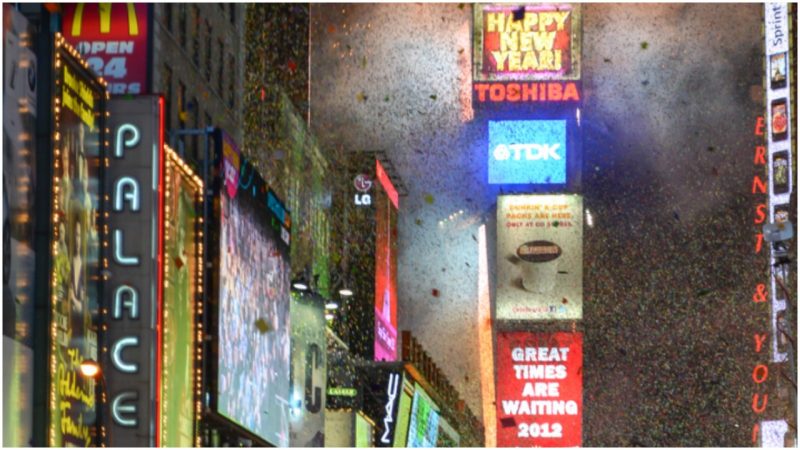Last New Year’s Eve an estimated 2 million people brought in 2017 by gathering in or near Times Square to watch the famous ball drop. Although the New York City forecast is for an especially frigid evening on Sunday–with a high of 20 degrees Fahrenheit and a low of 8 degrees–we can definitely expect the enthusiastic to amass, and for hundreds of millions of people to watch it on television. As exciting as the changing of the years can be, the ball dropping is a story in itself.
The ball descends some 141 feet in the last moment of the old year. The symbolic act of descent at exactly 11:59 PM, Eastern Standard Time, has persisted through most of the 20th century. This season, to welcome 2018, the ball-dropping tradition marks its 100th anniversary. Fireworks regularly follow the ball drop, and musical performances beforehand, with Ryan Seacrest taking over the MC role filled for years by Dick Clark. But how did it all start and what are the origins of this event?
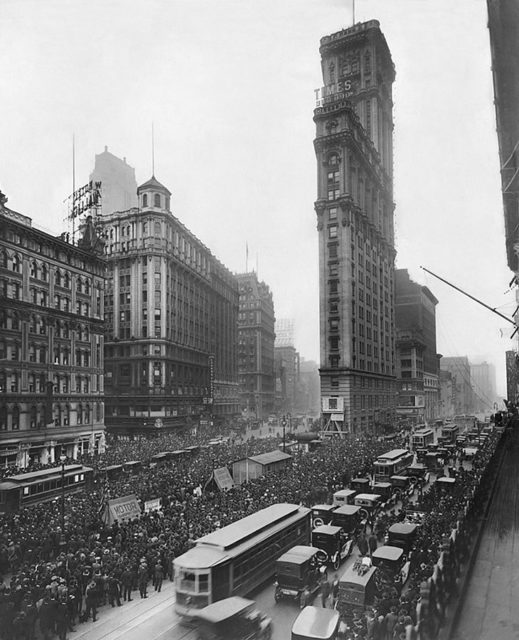
The very first ball drop event in New York took place exactly a century ago, on December 31, 1907, to welcome in the year 1908. As accounts tell, the event was initiated by Adolph Ochs, the owner of The New York Times. The first celebration followed in the tradition of several other festivities on New Year’s Eve in Times Square, the first of which was to welcome 1905. This celebration matched Ochs’s wishes to commemorate opening his newspaper’s brand new headquarters at One Times Square. Perhaps a crowd of 200,000 gathered to welcome 1905, enjoying a show of fireworks as well at the rooftop of the new headquarters.
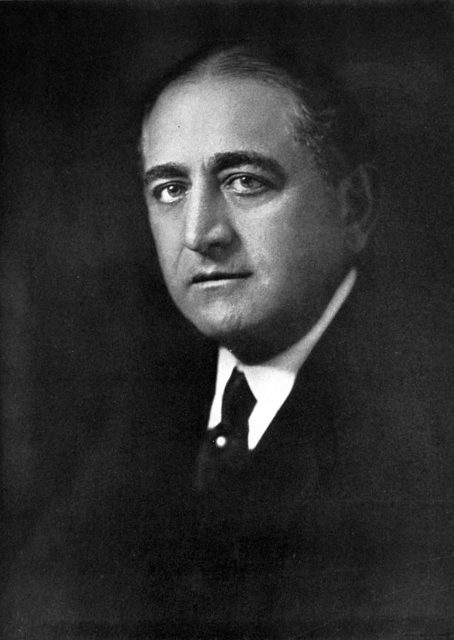
Setting the New Year’s Eve festivities in Times Square meant abandoning the traditional location for last-day-of-the-year celebrations, which was Wall Street’s Trinity Church. Crowds would gather to listen to the bells peal at midnight. However, the festivities hosted by Adolph quickly turned out to be way more popular.
Regardless of the fact that his events were attracting huge crowds, he still wanted to do something more. So Ochs hired Artkraft Strauss, a prominent New York designer and the famed creator of the Times Square’s iconic signs. Ochs asked Strauss to design a time ball this time, something that would add to the New Year panache. The idea of having a time ball was originally suggested by Walter F. Palmer, the editor-in-chief of the Times.
It was wood and iron that composed the very first “time-ball” and it shone brightly–it had 100 light bulbs. It weighed an astonishing 705.5 pounds and measured almost five foot in diameter. It took the six people to hoist the ball onto the flagpole of the building, and once up there on the rooftop. The ball was set to run an electrical circuit and light up a sign that was to announce the first strike of the New Year. Fireworks were to follow.
Despite The New York Times’ moving its headquarters again in 1913, Adolph Ochs kept on organizing the ball drop, and it became a beloved tradition of New York City. It was only in 1942 and 1943 that the time ball did not take place, due to the respective observance of the wartime blackouts.
It may surprise you, but before the ball dropping was introduced as a means of announcing the New Year in Times Square, time balls had a long tradition in maritime navigation. Their practical use was as time-signaling devices.
Time balls were large, usually made of painted wood or metal, and were dropped at predetermined time intervals. Their purpose: to help navigators at sea, or more exactly, the marine chronometers found aboard vessels.
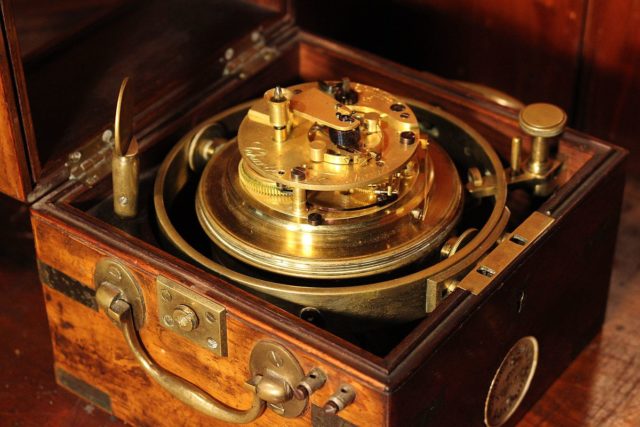
A marine chronometer was a peak technological achievement of the 18th century, used as a portable time standard. It enabled ships to settle longitudes at sea, employing astronomical navigation. It also allowed ships’ crews to tell the time accurately over long-distance journeys across the world’s seas. It was a much-needed gadget for navigation in times when there weren’t any means of electronic communication.
Originally, time ball stations were placed in observatories, and they would adjust clocks thanks to transit measurements of the positions of the stars as well as that of the sun. The first such ball purposed to help maritime navigation popped up on the south coast of England in 1829, at Portsmouth. It got there thanks to its inventor, the captain of the Royal Navy, Robert Wauchope. Once the electric telegraph was introduced around the mid-19th century, time balls started to operate more remotely.
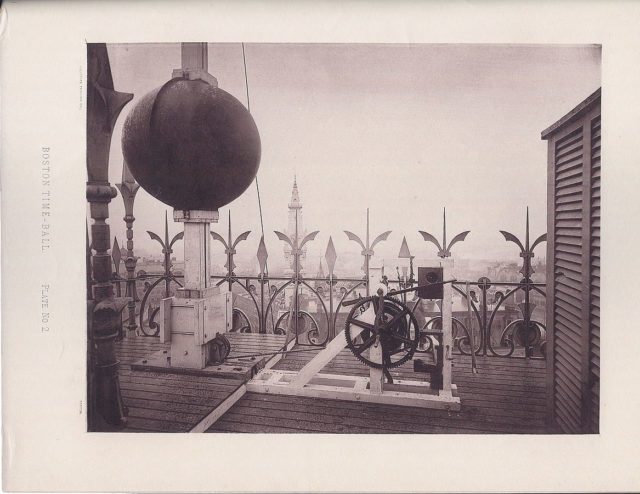
As part of new technological advancements throughout the 20th century, electric time signals appeared to replace the time balls. The balls have, however, remained as historical tourist attractions, or in the case of the Times Square New Year’s Eve celebration, as an irreplaceable part of the event.
Since 2009, the current ball used for the New Year’s celebrations is displayed atop the One Times Square year-round. A smaller version of it is on display at Times Square’s visitor center.
